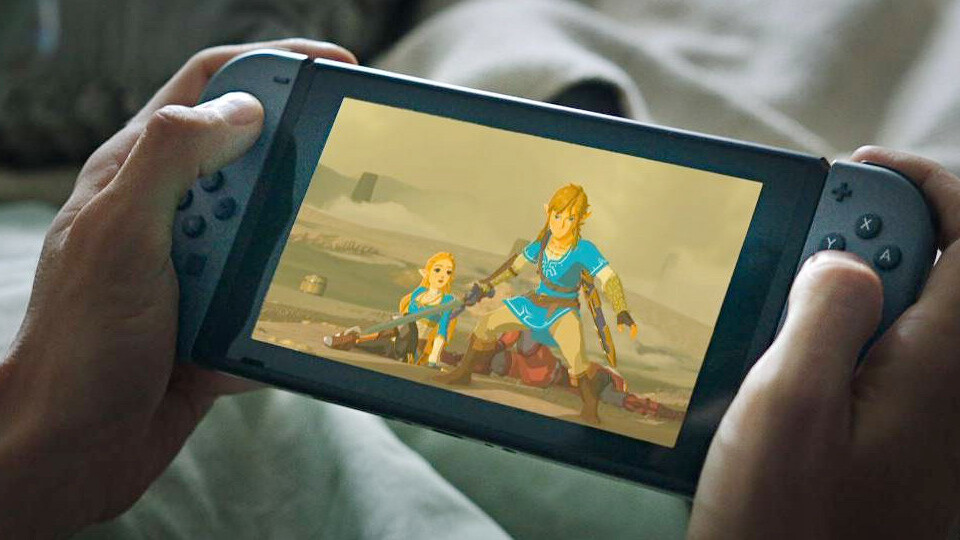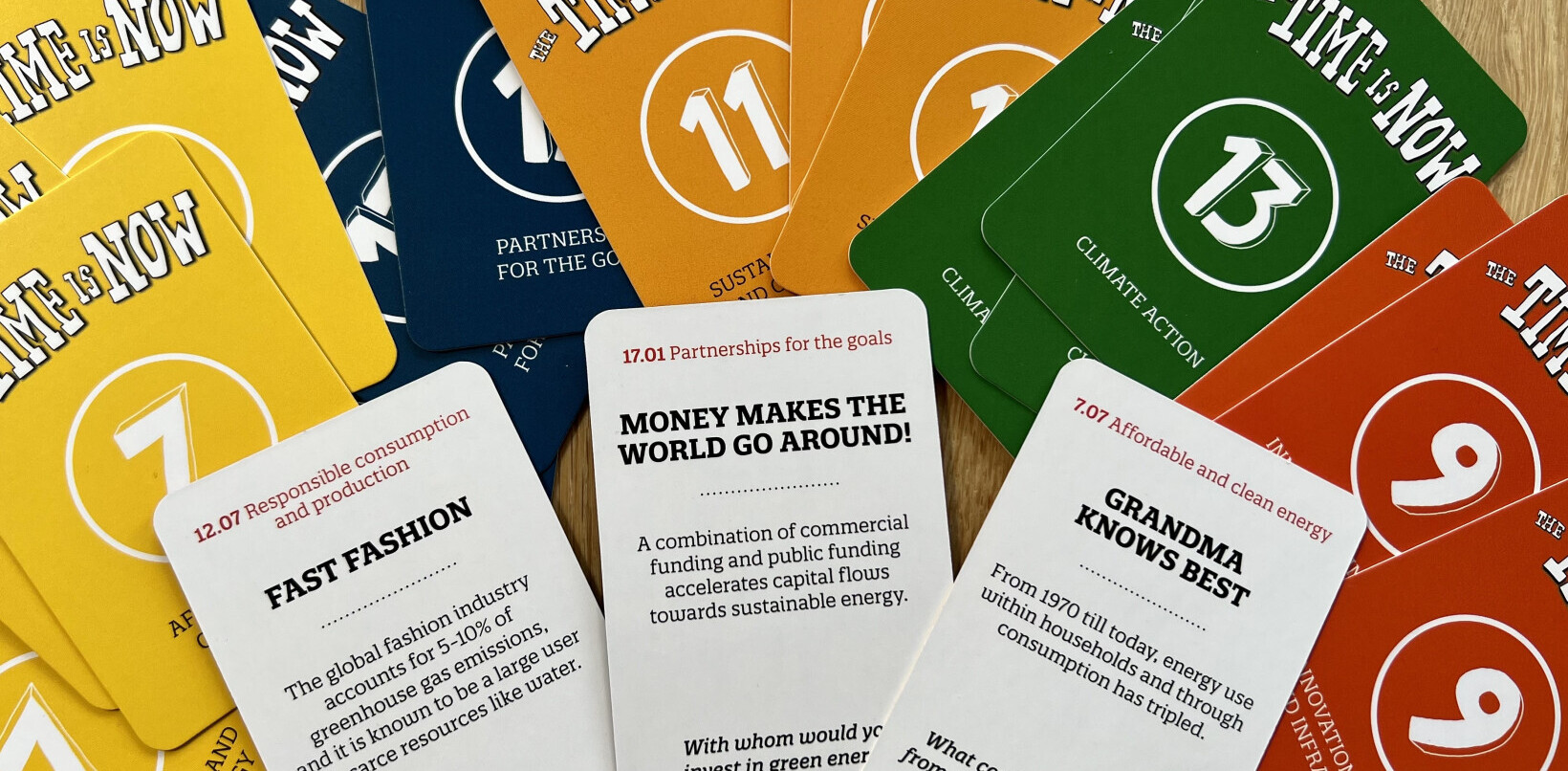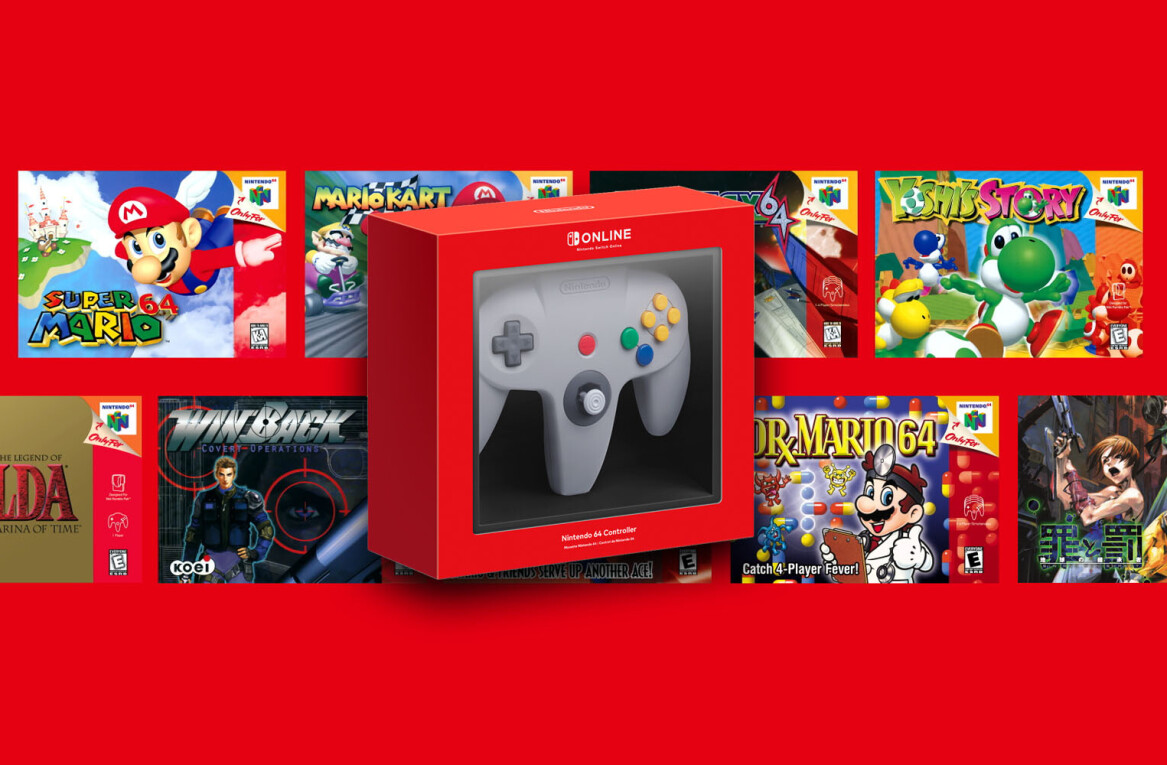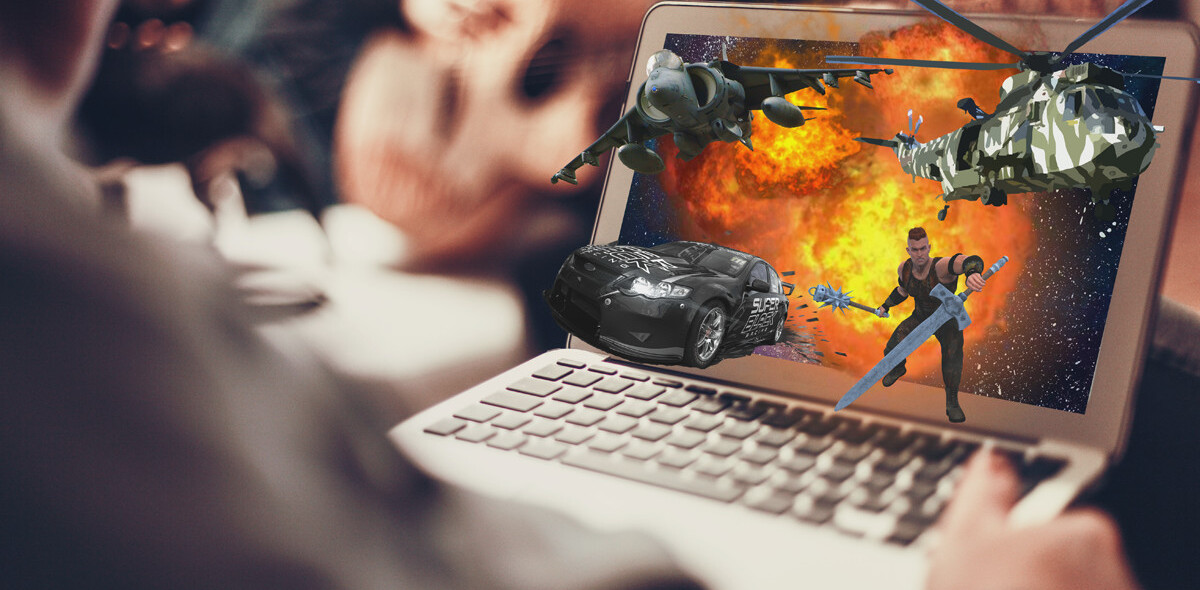By now, we’re all used to Nintendo marching to the beat of its own drum. Other game studios drop their prices over time, in response to diminishing demand, or oversaturation. Nintendo doesn’t. And given it’s working so well for the company at the moment, we don’t bother to remember when it didn’t — even though that was only one generation ago.
You know the drill: You go to buy a game for a Switch- or 3DS-owning family member for their birthday, and you decide to buy them a game you’ve already played. But when you find the cartridge on the shelf, you’re confounded — $59.99? Didn’t you buy it last year for the same price? You look over at the PS4 games — and there’s Star Wars Battlefront II, already $20 cheaper than it was last year.
Polygon editor Clayton Ashley put together a video proposing the question: “Why don’t Nintendo games drop in price?” But deep down, you probably already knew the answer.
While it’s a bit more complicated than it seems at first — Ashley incorporates data about Switch sales, the price of the cartridges and Nintendo’s quality standards. But a big portion of it comes down to the fact that Nintendo knows we’ll buy its stuff because it’s the only company delivering it, so why should it bother giving us a break? And chances are good, if you’re in the above scenario, even the most righteous consternation isn’t going to keep you from buying the game, because it’s not available for other consoles.
Most of the examples used in Ashley’s video were from the Switch, so when I decided to check one of my Nintendo games for myself, I looked up a 3DS game. The nearest one I had to hand was Fire Emblem Fates: Birthright, which I bought when it launched in the US over two years ago. Sure enough, the game I bought for $40 in February 2016 is still $40. That one was especially galling to me because Fates has two additional routes available to users to buy digitally once they’ve finished the one available on the cartridge — and the price for those routes hadn’t changed either.
The Big N operates on a different wavelength than Microsoft, or Sony, or anyone, really. We’re all just kind of used to it not dropping its prices, and we buy the games anyway. And this works, for the most part.. Looking at Nintendo’s lifetime sales for its five most recent consoles, they’re one and all Nintendo games — mostly first-party stuff like Mario and Smash Bros, or second-party like Pokemon.
The flip side of this is that Nintendo must rely very heavily on the sale of its hardware. If the machine isn’t universally loved, no amount of Zelda or Mario is really going save it.
Yes, I’m talking about the Wii U, and no, I’m not going to let anyone forget it was a thing that existed. The Switch has now outsold the Wii U by more than 6 million units, so it’s in no danger of the same pitfalls — at least, not right now — but it’s still instructive to keep in mind Nintendo’s way of doing things doesn’t always work.
Here’s the thing: Prices for Wii U games didn’t drop any more than the Switch’s games have. The original Splatoon is still available at Target for about $45, very close to its price on release, and the Wii U has been out of production for quite some time. And according to Nintendo’s lifetime sales, Splatoon 2 has now outsold it by over 1 million units. That was a fresh new franchise that everyone was excited about, myself included — but far fewer people paid the price of admission.
The Wii U sold less than 15 million units over its entire lifetime, and the sales of even its best-selling game (Mario Kart 8) wouldn’t crack the Switch’s top three. While Nintendo’s strategy of keeping prices high because it knows we’ll pay is working right now — and keep in mind its 2018 is looking a little more skint than 2017 was — it definitely didn’t work for the Wii U. And because the console had a very big gap in third-party support, there wasn’t much reason to consider buying a Wii U a year or two after its release.
And the company recognizes this, to an extent. Nintendo of America President Reggie Fils-Aimé told CNN: “Whether it’s the big companies like Electronic Arts, or whether it’s the smaller independent developer, we need those companies to create content to support us. We have that now with Nintendo Switch.” The people who didn’t get a Switch when it launched have a reason to get one now: Other games are coming out for it, including Undertale, FIFA 19, and Mega Man 11. They may not be new or exclusive, but they’re still coming, and that’s more than the Wii U could say at the midpoint in its lifespan.
So yes, we do buy Nintendo exclusives, no matter how expensive they are, but Nintendo has learned it can’t always rely on that to sell itself. Even as we’re nodding our head in recognition of the soundness in the company’s game strategy, let’s remember it’s not always the golden goose it is right now.
Get the TNW newsletter
Get the most important tech news in your inbox each week.





